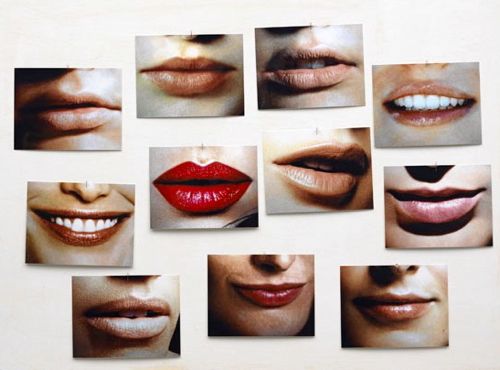I have always been interested in the way certain artists, more so than others, have the ability to take us by the hand (or the eye) and walk us through works of art very deliberately. Because the “subject” is often about the whole work and not a single focal point, these artists persuade us to compare and contrast, and see the small differences as well as the commonalities.
While I was waiting out Hurricane Sandy like so many others, I did a lot of reading. In the process I had the opportunity to re-read last summer’s issue of Aperture magazine and came across a wonderful article featuring the work of Hans-Peter Feldmann, whom I was actually surprised to see since his work always struck me as that of a collage artist vs. a photographer (Feldmann prefers to be known as a “merchant” and not an artist at all). His collections of arranged photos had me visually walking through the images in a much similar way to how I experience John Baldessari’s work, as well as other artists such as Mark Dion and Joseph Cornell. Seeing the relationships and subtle differences between the photographs one begins to realize what Baldessari talks about when he refers to experiencing “the space between things”.
Having students engage with works by artists like Feldmann and Baldessari encourages them to articulate what a rhythm of images communicates, and what it can communicate, in a single work. While works by Feldmann may make suggestions about “average value” and Baldessari may ask viewers to examine how written phrases or altered images offer entry points to seeing how different pictures form a single work, it’s the conversation around how these photographs work together conceptually that becomes exciting. Feldmann finds art and shows it while Baldessari crafts his works like a designer. The bonus that often lies waiting is that both artists design space in such a way that their work also holds up as strong compositions, which should initially satisfy anyone having a hard time putting the picture together, so to speak.
As I continue to think about teaching with artists who present collections and juxtapose images in this way, I also think about how students can use collecting as a particularly reflective way to inform their own art making. What kinds of images are we prone to collect? Why? Why are these images compelling? How can the rhythmic presentation of images change the way we see them?






Pingback: Now See This: Teaching with Hans-Peter Feldmann and John Baldessari | Uber Patrol - The Definitive Cool Guide